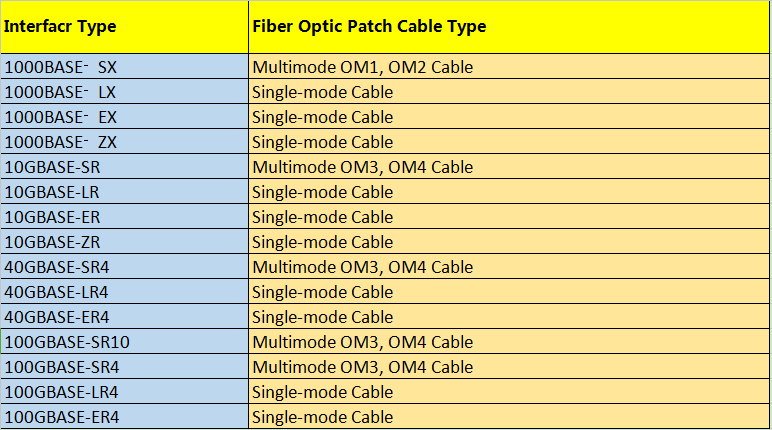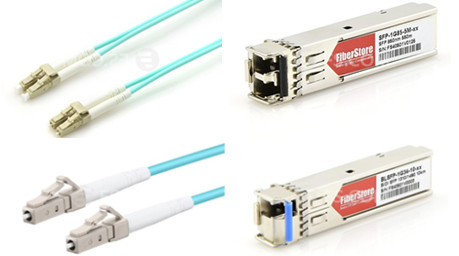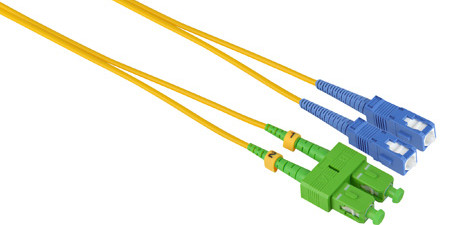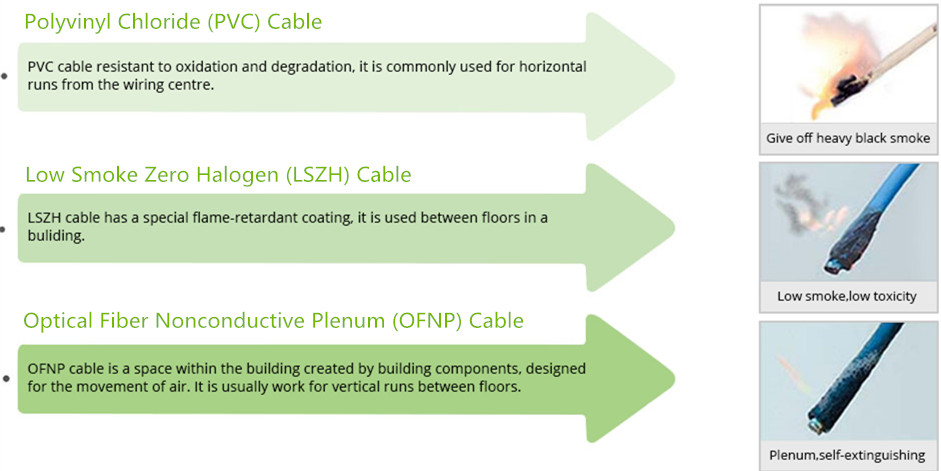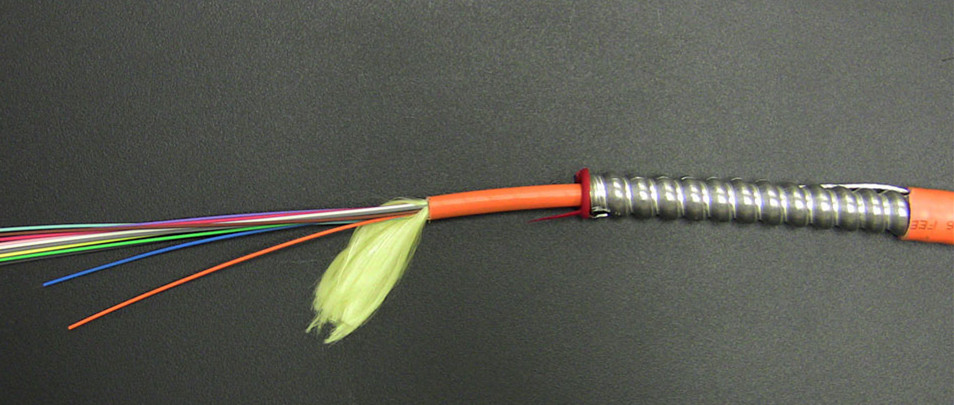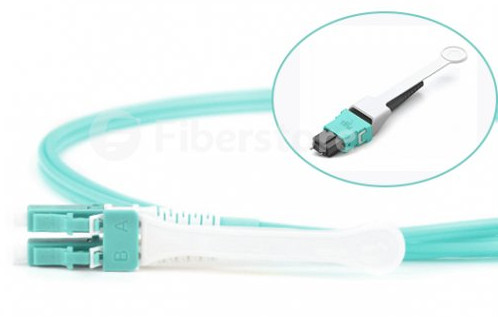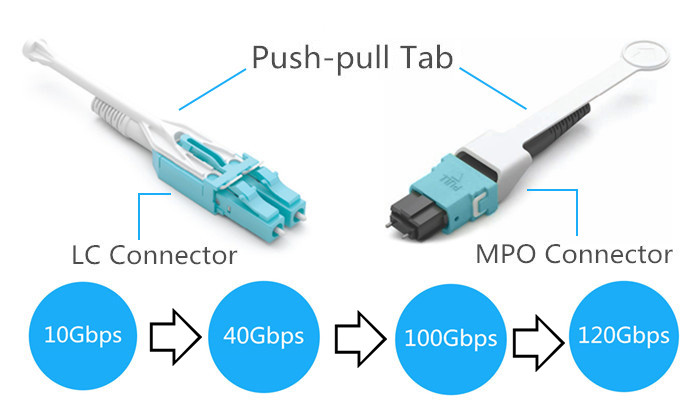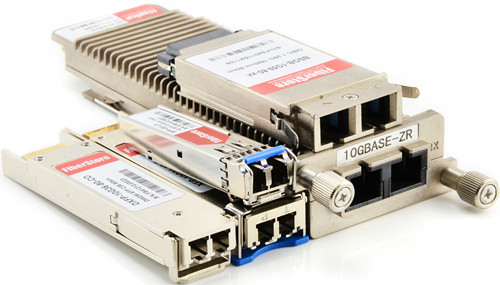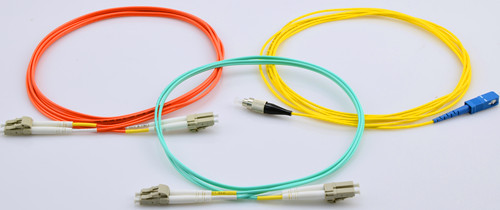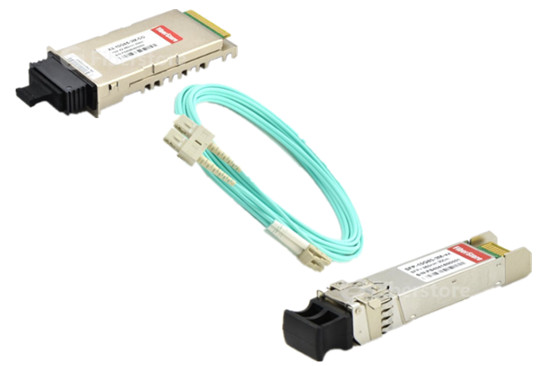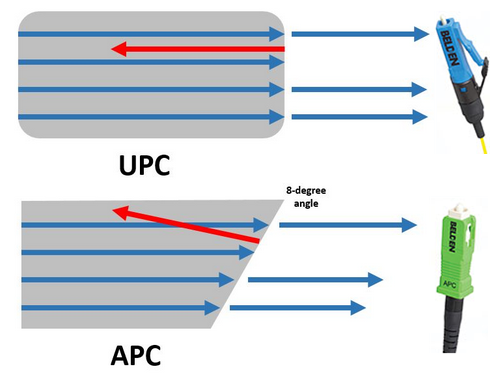Suppose that you need some LC fiber patch cords to build a data center and now there are common LC patch cable and LC switchable unibboot cable. What kind of cable will you choose? Considering the cost, you may select common LC patch cords. But think about that for a while, you may make the different choice. Let’s see why you need LC switchable uniboot cable.
LC Switchable Uniboot Cable: Switch Polarity Easily and Quickly
Have you ever changed polarity when running fiber patch cords? How long did you spend on finishing that? Did you make any mistake? Polarity is quite a complicated thing. Engineers must be very careful to ensure that the transmit signal (Tx) at one side should match the corresponding receiver (Rx) at the other side. If polarities don’t match, signal transmission may get impacted. Then how to do polarity conversion in an easy and quick way? LC switchable uniboot cable is your option.
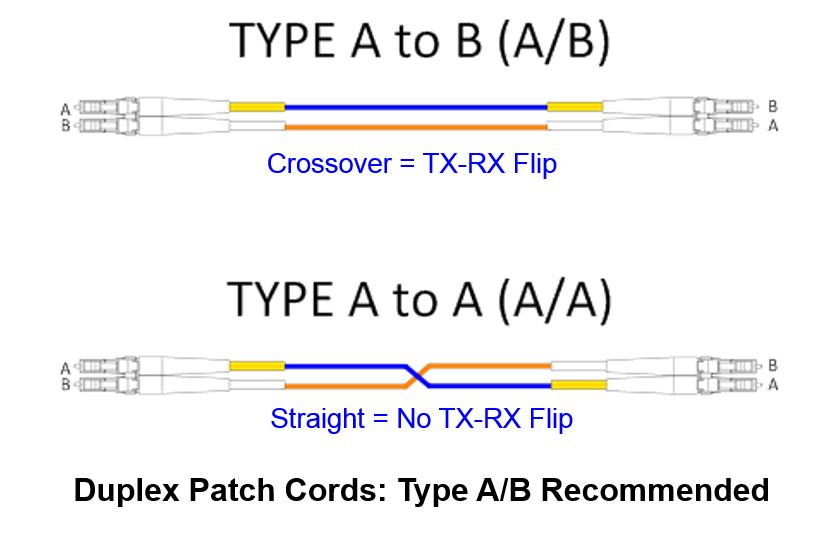
We all know that polarity conversion of traditional LC cables would require to re-terminate connector. It takes much time and leads mistakes. What’s more, you need special tool to finish that process. Unlike common LC patch cords, this switchable uniboot cable supports the polarity to be switched without connector re-termination. Polarity changes can be made in the field quickly, without the use of tools, to the correct fiber mapping polarity. No damage to fiber.
To reverse polarity, you just need three steps. First, open the connector top. Second, switch the polarity you need. At last, close the connector top. No tools are needed during the whole process. Isn’t the LC switchable uniboot cable a good choice?

Except the polarity issue, engineers may come across the problem of limited space and airflow when building infrastructure in high density data center. How to deal with that? Switchable uniboot cable is absolutely a good choice. The cable is designed as round style of 2mm jacked cables instead of zipcord duplex cables, reducing cable size and increasing 60% density. So switchable uniboot cable is beneficial for saving space and cooling.
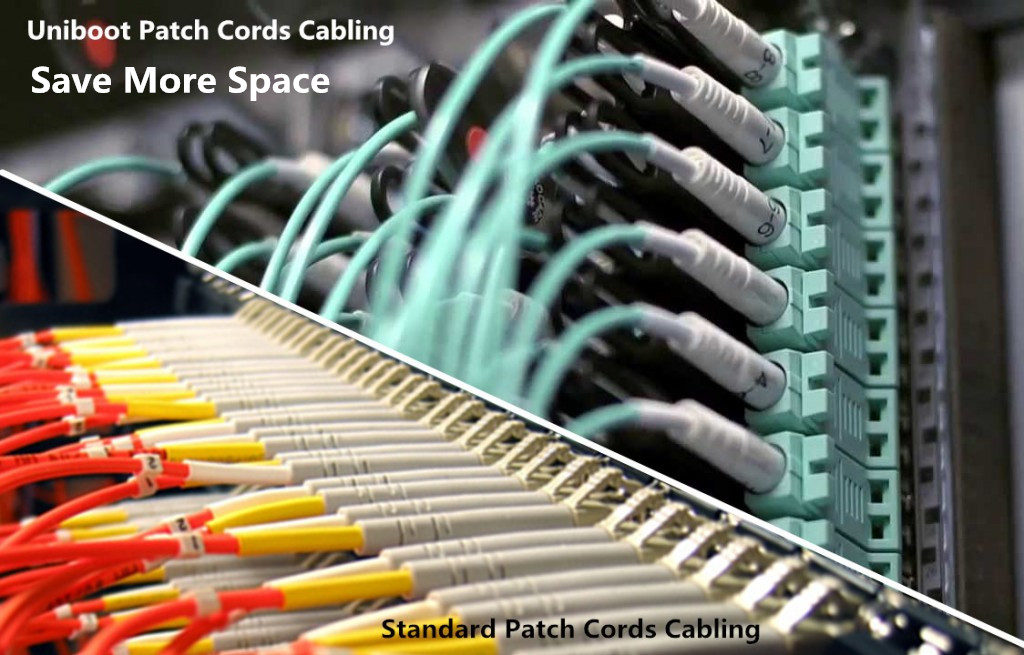
LC switchable uniboot cable is helpful to simplify switching polarity, save space, which is an ideal solution for high density data center. In case that you need, here are some suggestions for you When buying LC switchable unibboot cable.
- 1. Connector is an essential factor. If the connector has a poor quality, it can cause optical loss. You are suggested to choose Senko connector which is famous for its high quality.
- 2. For patch cords, the other important factor is fiber. As we know bending sometimes inevitable. Corning fiber is outstanding for its bending insensitivity. For single mode fiber, the minimum bend radius is 10mm. For multimode fiber, the minimum bend radius is 7.5mm.
- 3. Pay attention to insertion loss (IL) and return loss (RL) for single mode and multimode cable.
- 4. Find if the cable meets various standards, for instance, CE, IEC, ROSH, EIA/TIA, Telecocordia GR-326-CORE standards.
- 5. LC uniboot patch cable price is of course another point you care much. So find several uniboot lc cable manufacturers to compare the price and choose the one you accept.
Related Article: LC Fiber Connector, Adapter and Cable Assemblies
Change Polarity in a Hurry? Try Polarity Switchable LC Cable!

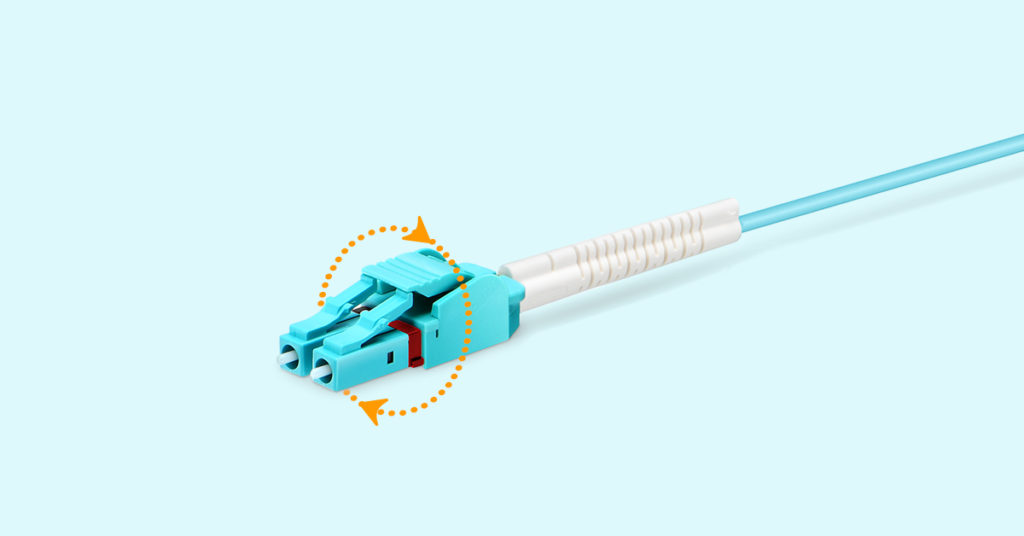

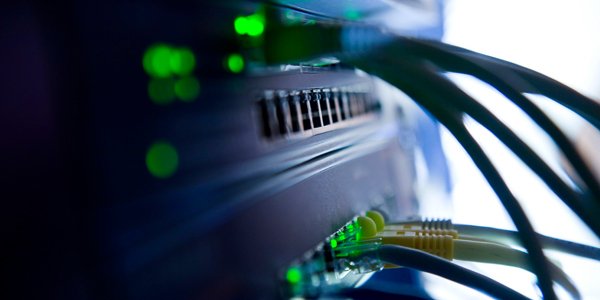
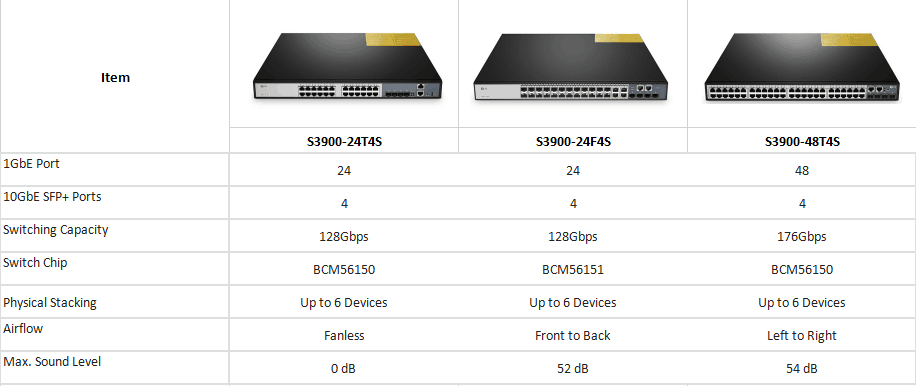
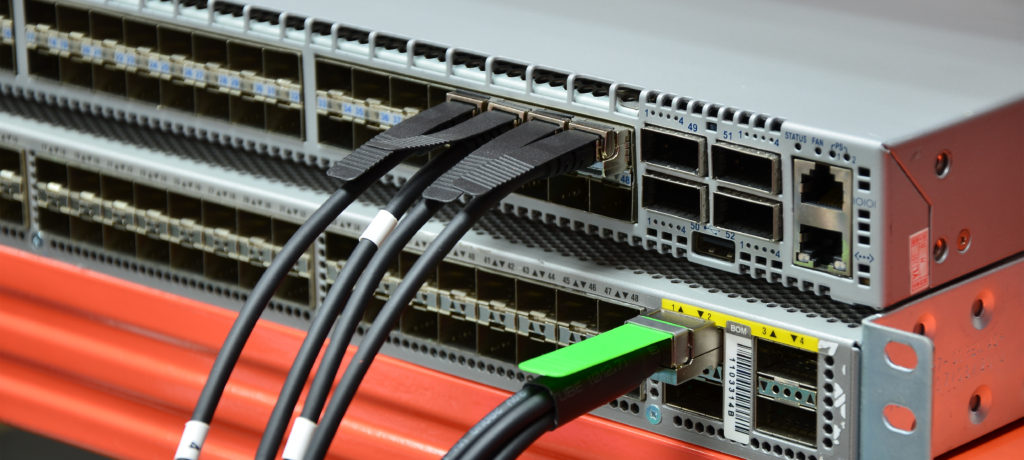

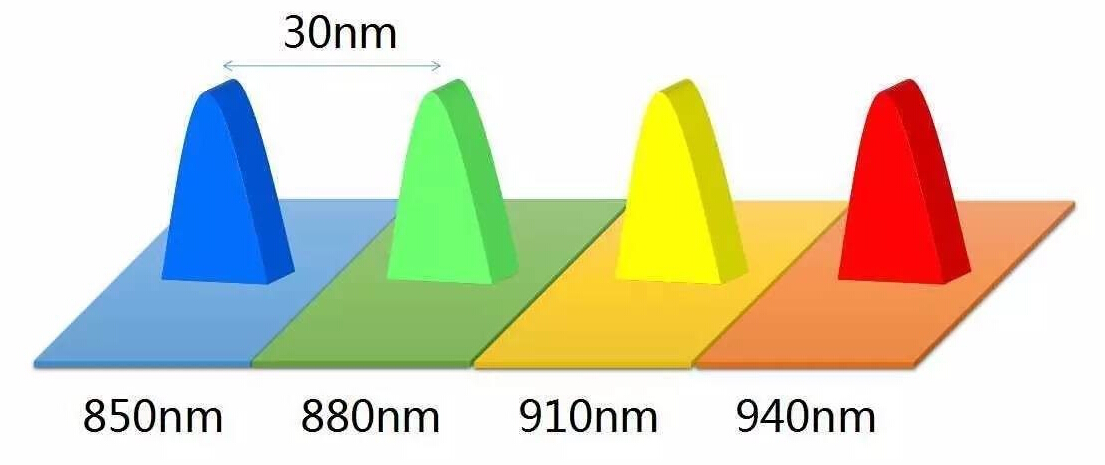
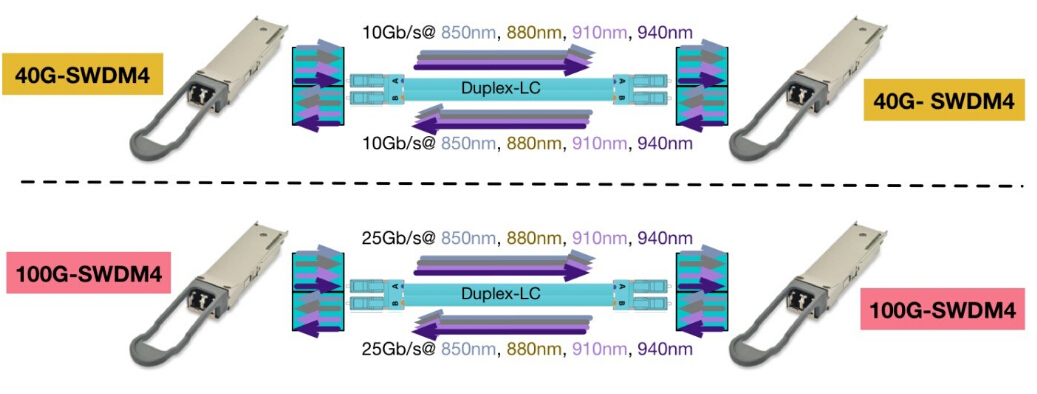





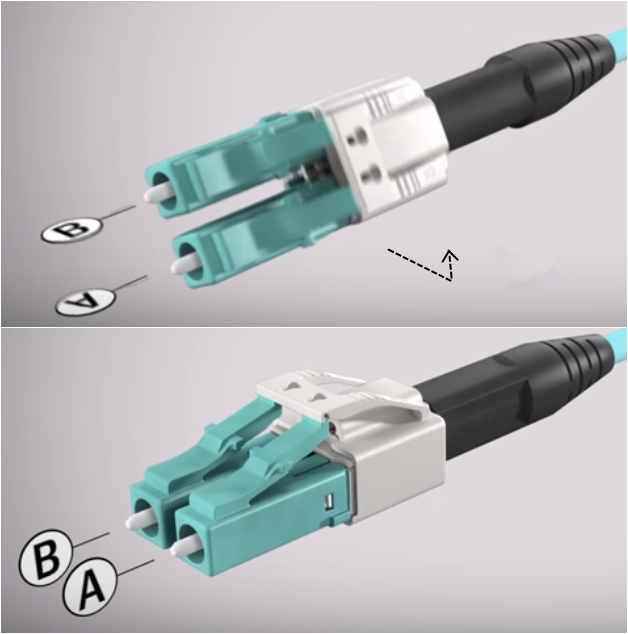






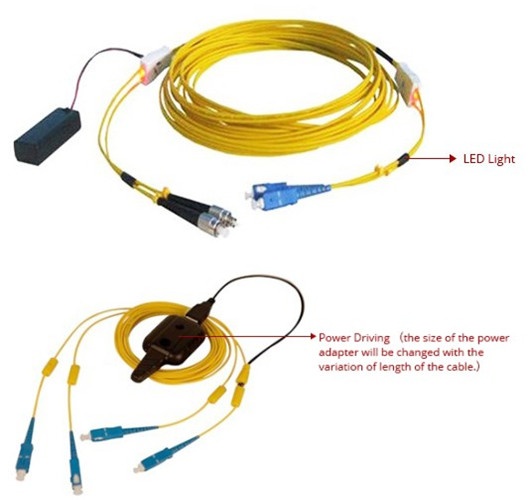
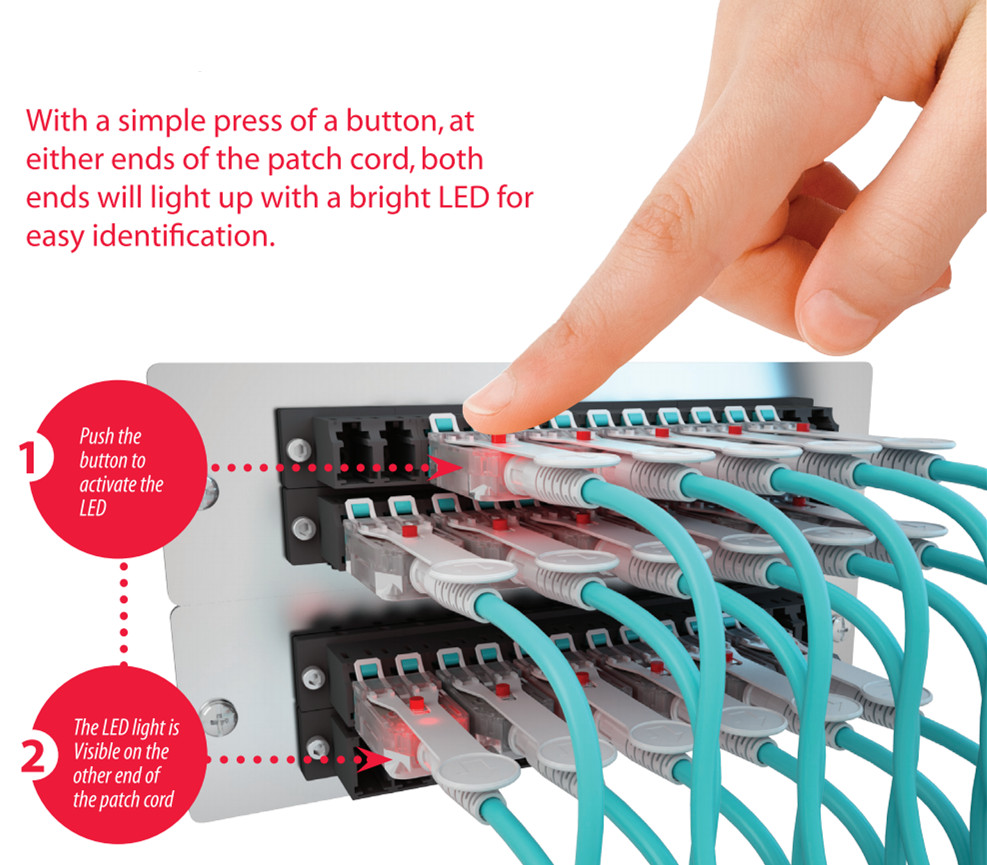
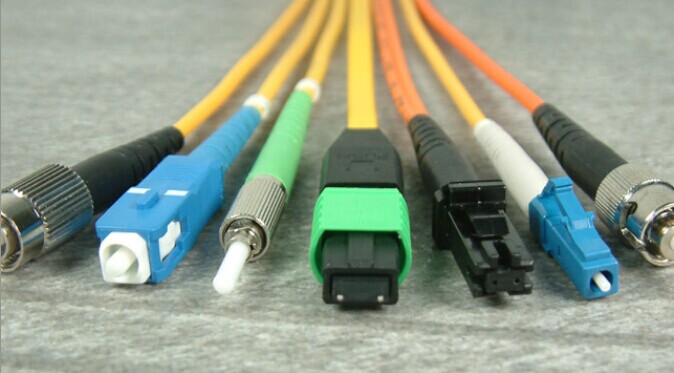 On both ends of the fiber optic patch cord are terminated with a fiber optic connector (LC/SC/ST/FC/MPO/MTP). Different connector is used to plug into different device. If ports in the both ends devices are the same, we can use such as LC-LC/SC-SC/MPO-MPO patch cables. If you want to connect different ports type devices, LC-SC/LC-ST/LC-FC patch cables may suit you.
On both ends of the fiber optic patch cord are terminated with a fiber optic connector (LC/SC/ST/FC/MPO/MTP). Different connector is used to plug into different device. If ports in the both ends devices are the same, we can use such as LC-LC/SC-SC/MPO-MPO patch cables. If you want to connect different ports type devices, LC-SC/LC-ST/LC-FC patch cables may suit you.
